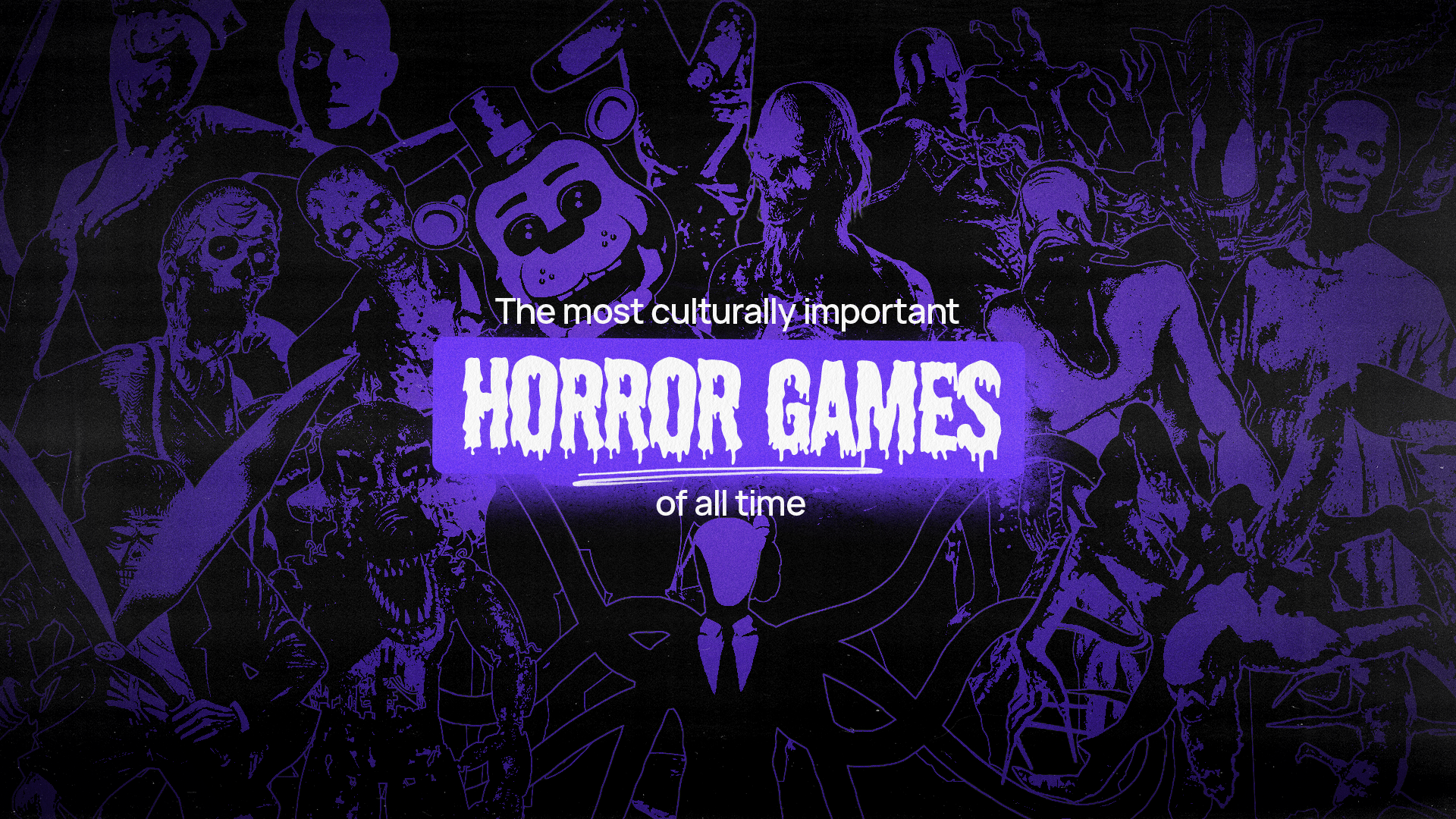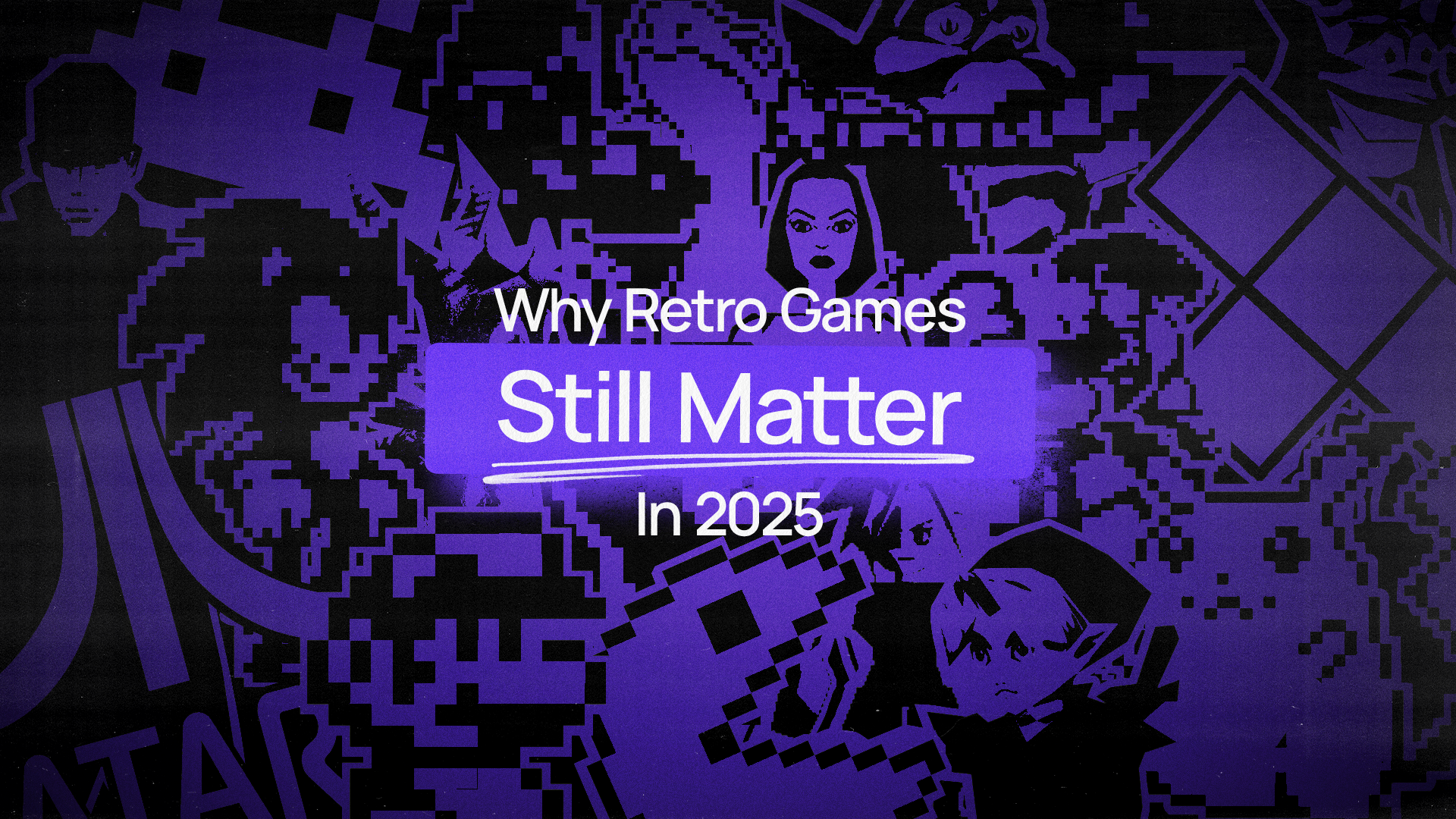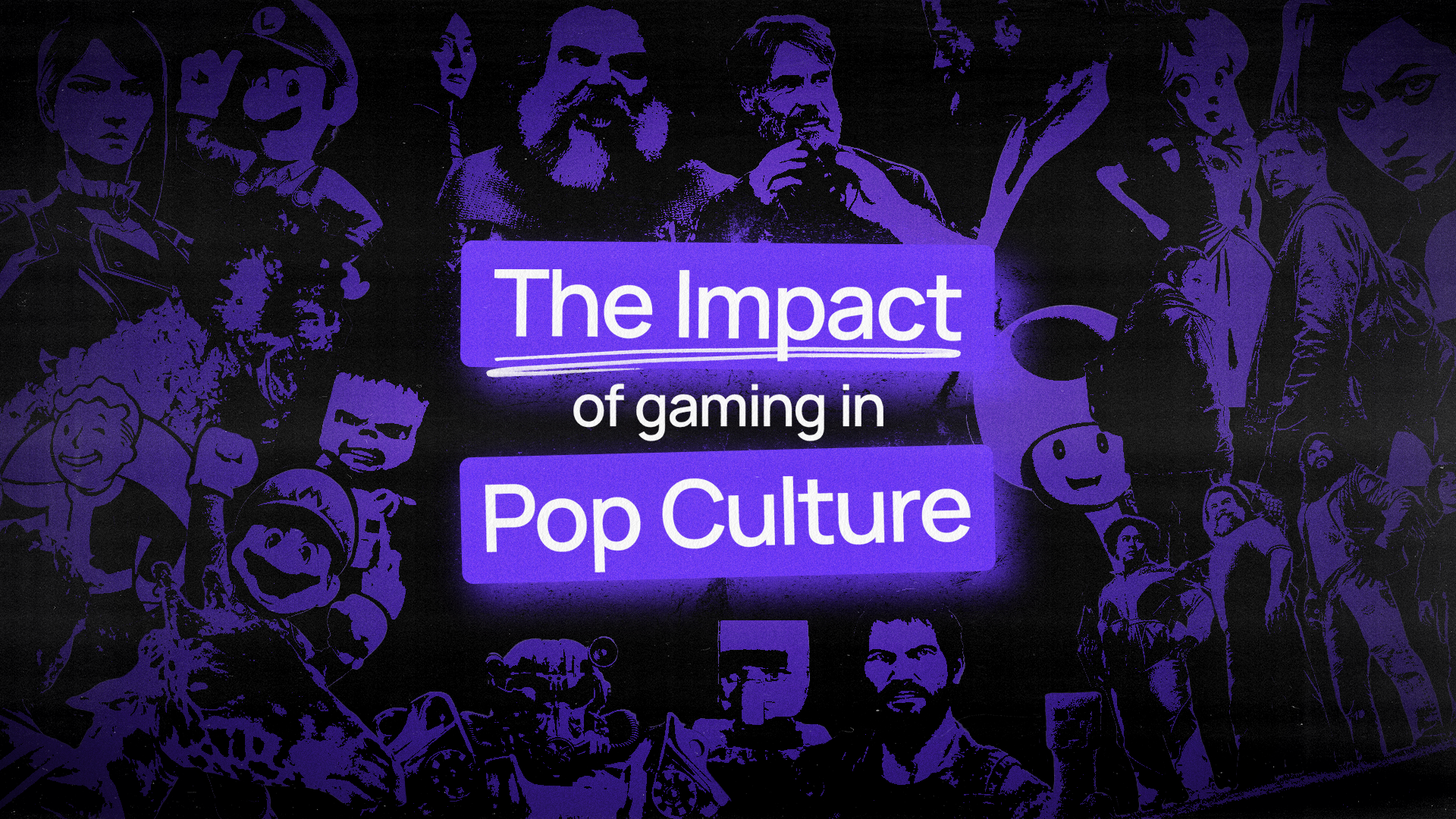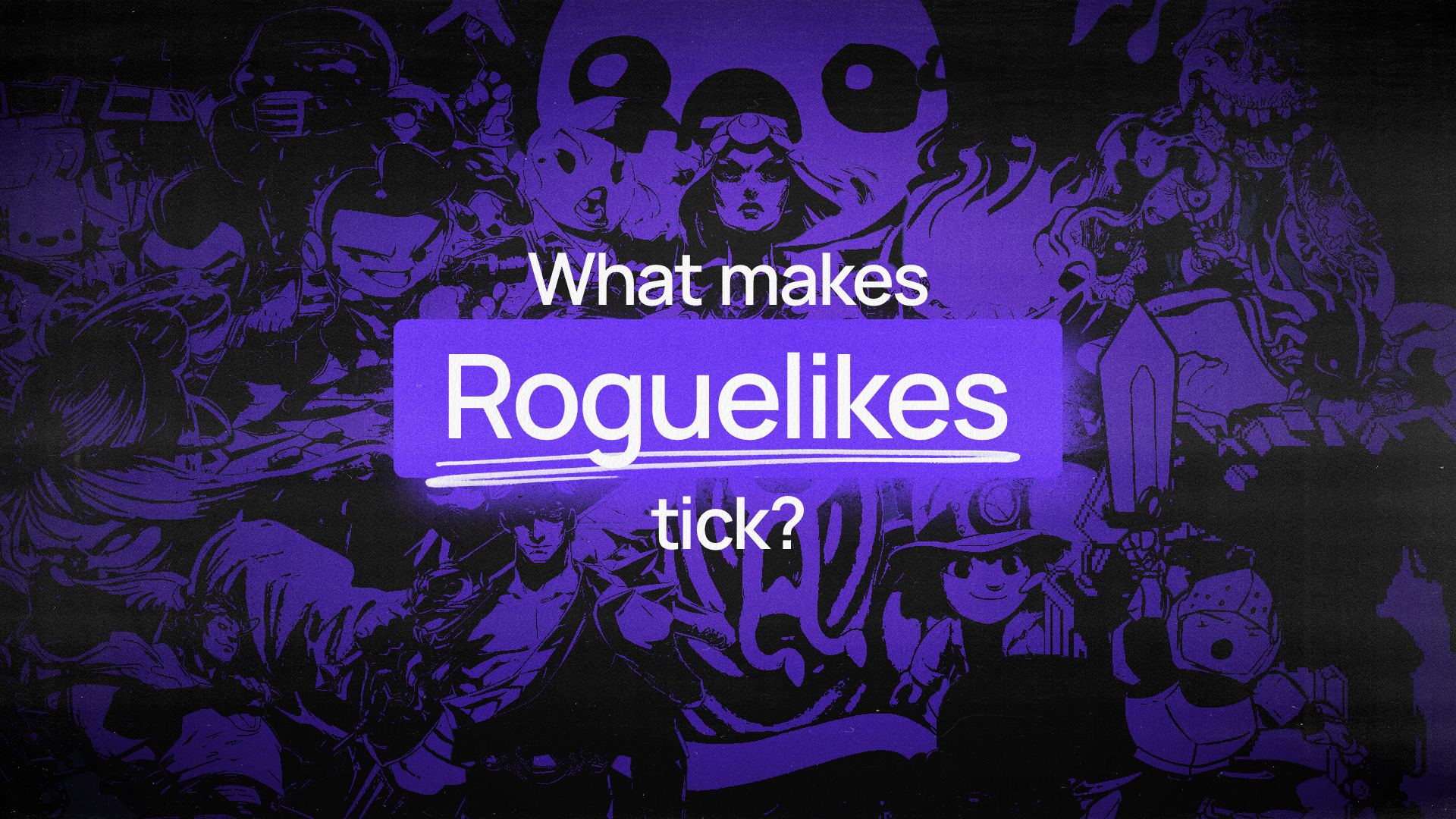Ideas
10 Minute Read
Ranking the Most Culturally Important Horror Games of All Time

Since the dawn of time, we've loved sharing scary stories - thus enters the horror genre.
Over the past two decades, gaming has proven to be a uniquely powerful medium for this, taking a genre cultivated through movie and literature, and allowing it to evolve into something new.
In celebration of Halloween let's take a look at some of the titles that have done more than just scare players; they've changed the way we look at horror as a culture.
The definitive list of best horror games (IMO)
10. Dead Space (2008)
Dead Space’s success in cosmic horror is rooted in its sense of isolation. On an empty space-ship infested with mutated monsters - body horror at its best - the oppressive atmosphere and feeling of constant pressure is rife from start to finish.
Fresh and innovative gameplay mechanics helped Dead Space’s terrifying atmosphere stand out from its competitors. An integrated and unique UI system made players feel immersed, while the dismemberment system when butchering your way through mutants gave the game a delightfully gory feel.
The cultural reach of Dead Space can still be felt to this day, through games such as the Callisto Protocol, Prey, and Cronos: the New Dawn.
9. Slender: The Eight Pages (2012)
This title helped bring horror in games into the indie-game sphere. Developed by a team of one single person, Slender showed that horror could be effective with even the most rudimentary graphics and most simple of mechanics - as long as the correct atmosphere and tone was captured.
The low-budget quality of Slender was something of a benefit to the atmosphere it was trying to construct. Without high-end graphics on display, audiences were able to tap into their imagination to fill in the gaps, turning the low-poly forests where Slender Man hunts into a playground as haunting as the most pristine triple-A environment.
Slender inspired a wave of indie-games of this nature in the following years, from SCP: Containment Breach to Lethal Company.
-
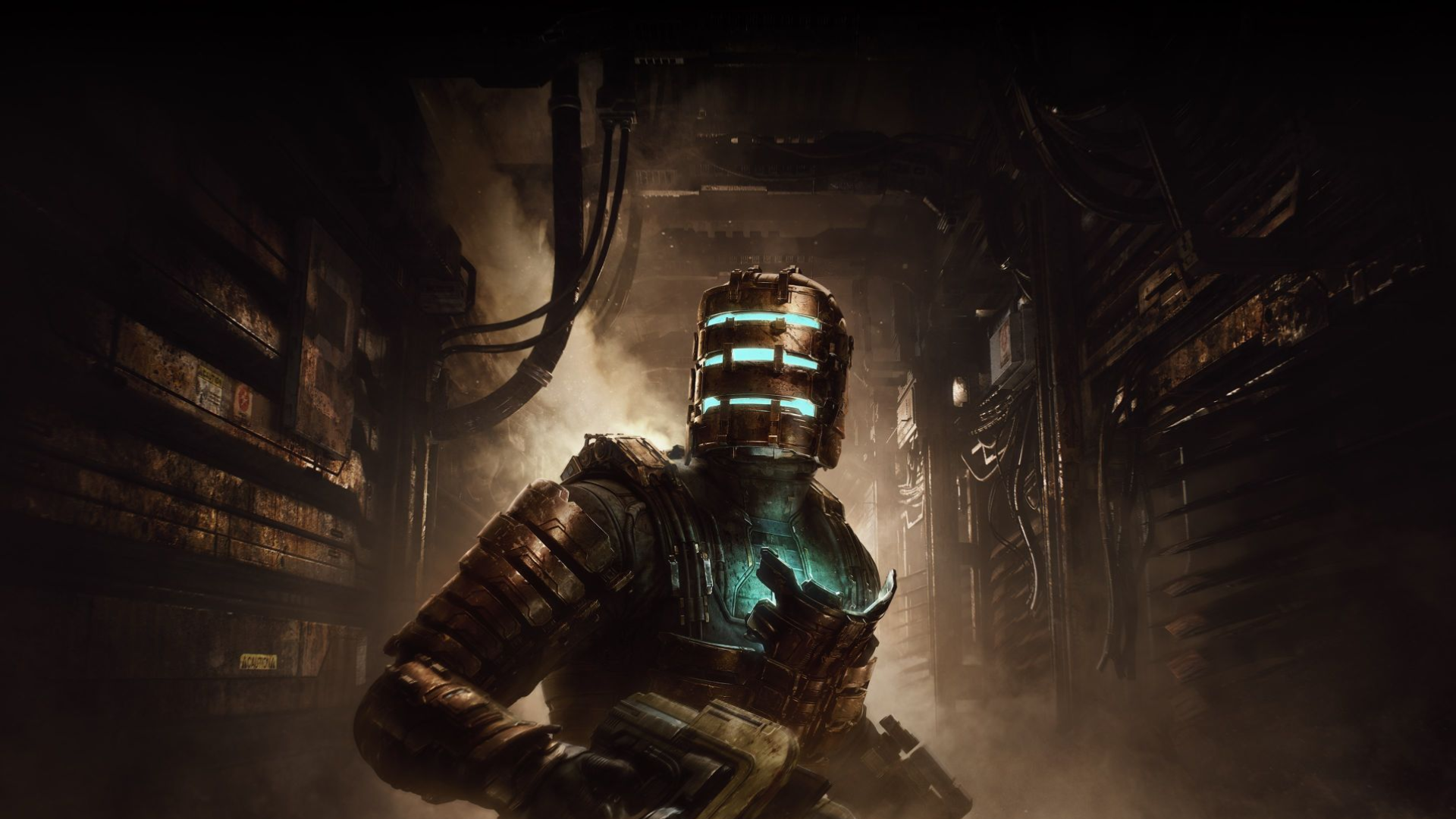
Dead Space: cosmic horror rooted in isolation
-
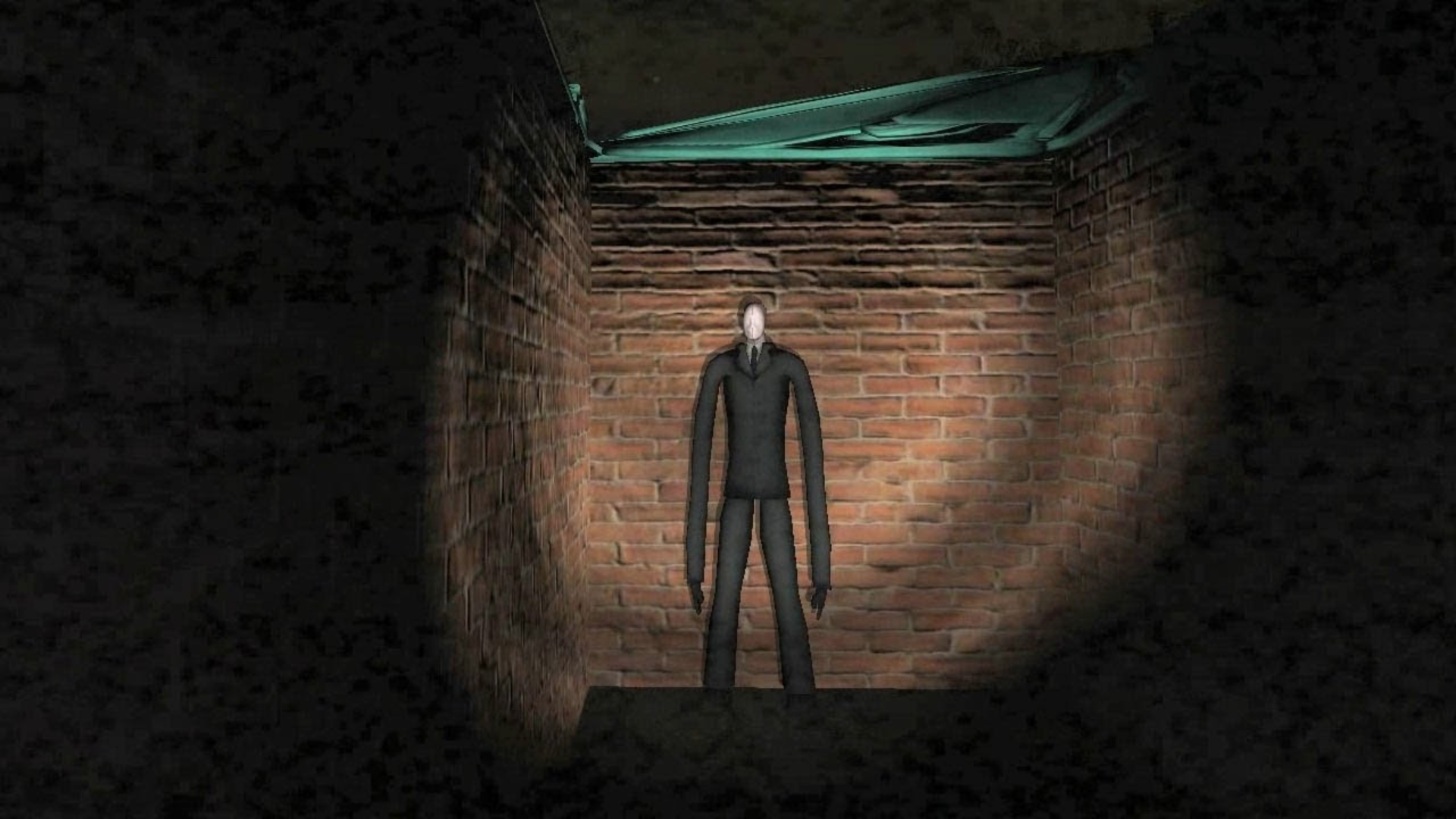
Slender: inspiring a wave of indie horror games
8. P.T (2014)
P.T was developed by Hideo Kojima, and stands for ‘Player Test’, as it was released as a short demo for Silent Hills - a game that never saw the light of day.
The game focused on a looping narrative, with repeating environments and psychologically horrific imagery which gave the game a tight, trapped claustrophobic feel that perfectly mirrored the tormented mind of the game’s protagonist.
To this day, P.T is still remembered fondly by fans, and the outrage of the demo being effectively inaccessible since the game’s cancellation is still a sore spot for a lot of horror enthusiasts. The game set the bar for game demos, and it seems to have influenced Kojima’s new title ‘OD’.
7. Clock Tower (1995)
Clock Tower was responsible for introducing a key gameplay mechanic to horror gaming, introducing the hide-and-seek style of gameplay so common in horror - you are faced with an enemy, but without any weapons to defend yourself, all you can do is run and hide.
The impact of this was instantly successful in setting up the game’s panicked, high-stress atmosphere throughout the game. It brought a sense of helplessness and urgency to the player.
This mechanic has become a staple of horror and is still seen to this day in games such as Amnesia: the Dark Descent, Alien Isolation and SOMA.
-
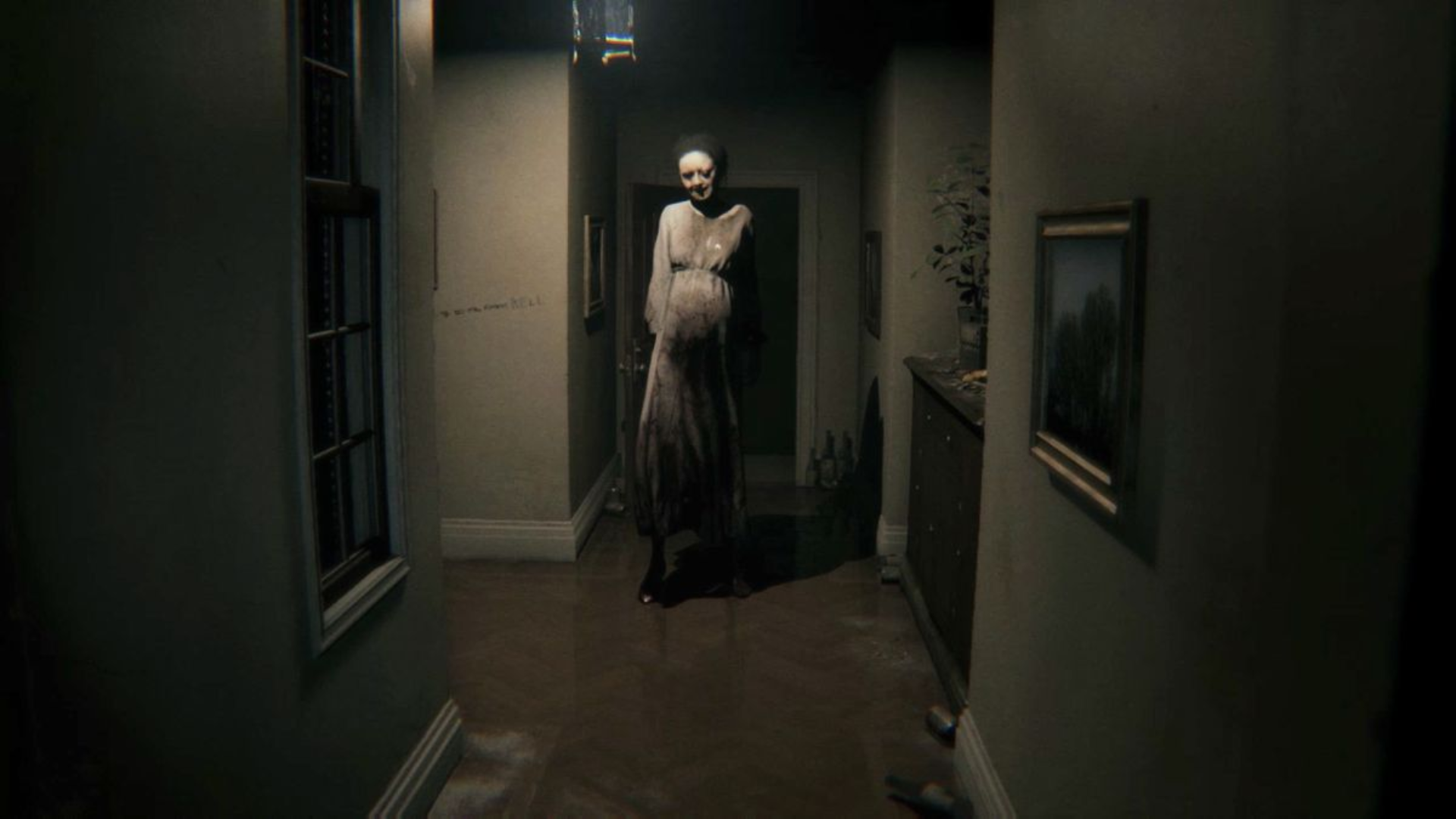
P.T.: still remembered fondly by fans
-
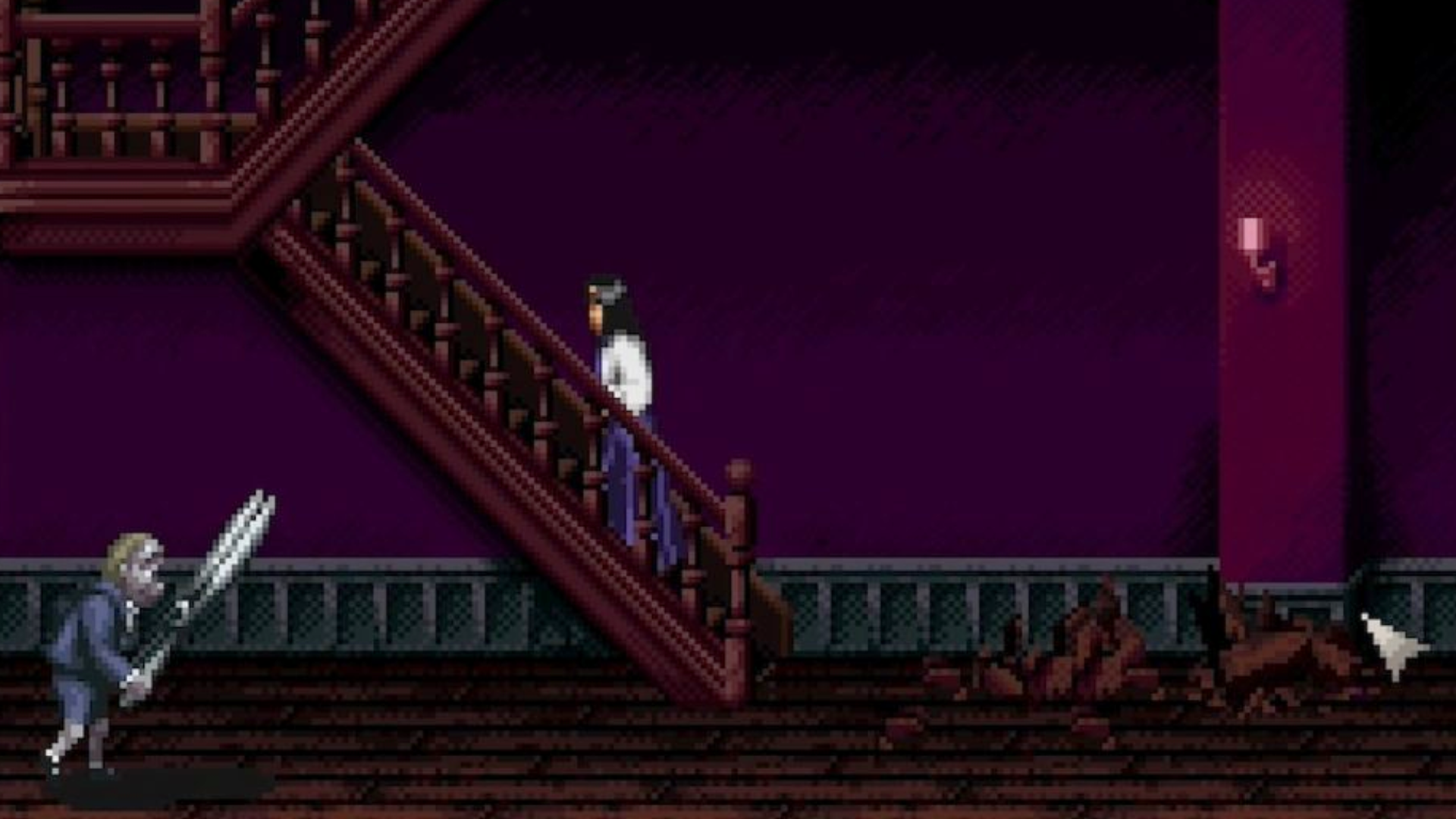
Clock Tower: a game that introduced hide-and-seek style gameplay
6. Resident Evil 4 (2005)
Resident Evil 4 revolutionised the look and feel of over-the-shoulder third-person combat, making it feel immersive and high-energy while still keeping the core fundamentals of the franchise's atmosphere and tone.
This shift in focus from slow-paced atmospheric dread to a more blockbuster, action-focused energy gave the game a kick-ass but still horrifying legacy that created a cultural shift and introduced a new generation of horror and action enthusiasts to the franchise.
Games such as Dead Space, Alan Wake and The Evil Within all capitalised on the success of Resident Evil 4, making it a contender for one of the most influential games in horror.
5. Phasmophobia (2020)
Changing the very landscape of low-budget indie multiplayer experiences in horror, Phasmophobia brought a more casual tone to how we approach horror in games.
With groups of friends teaming up together to combat obstacles in a co-operative environment, Phasmophobia allowed friends to experience the frights and thrills of a horrifying experience together. Screams would be shared on voice-chat, and words of encouragement would help push you through the terror.
Phasmophobia went on to influence a multitude of different low-budget co-operative horror games, from Lethal Company to R.E.P.O.
-
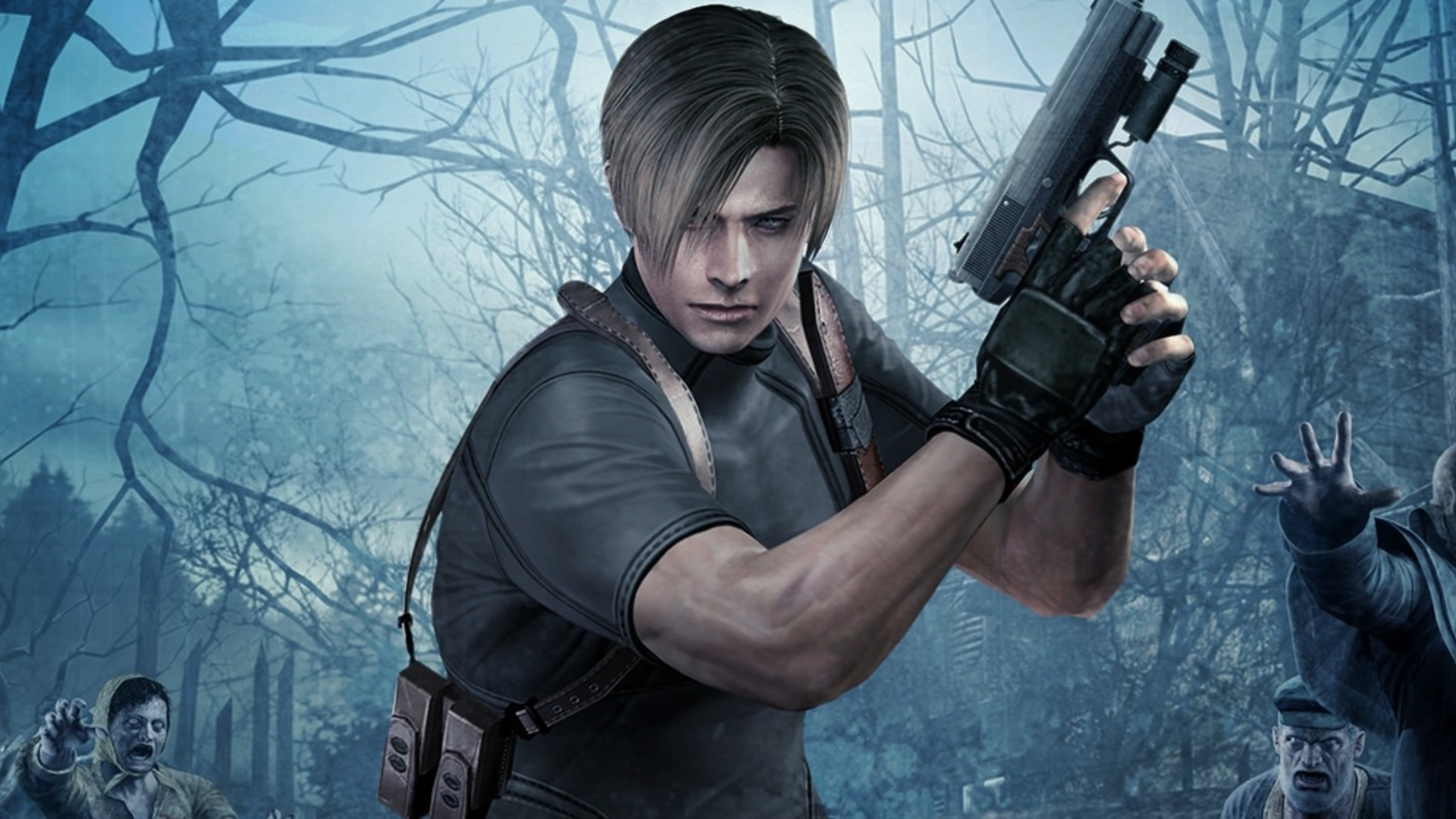
Resident Evil 4: the over-the-shoulder third-person combat we all love
-
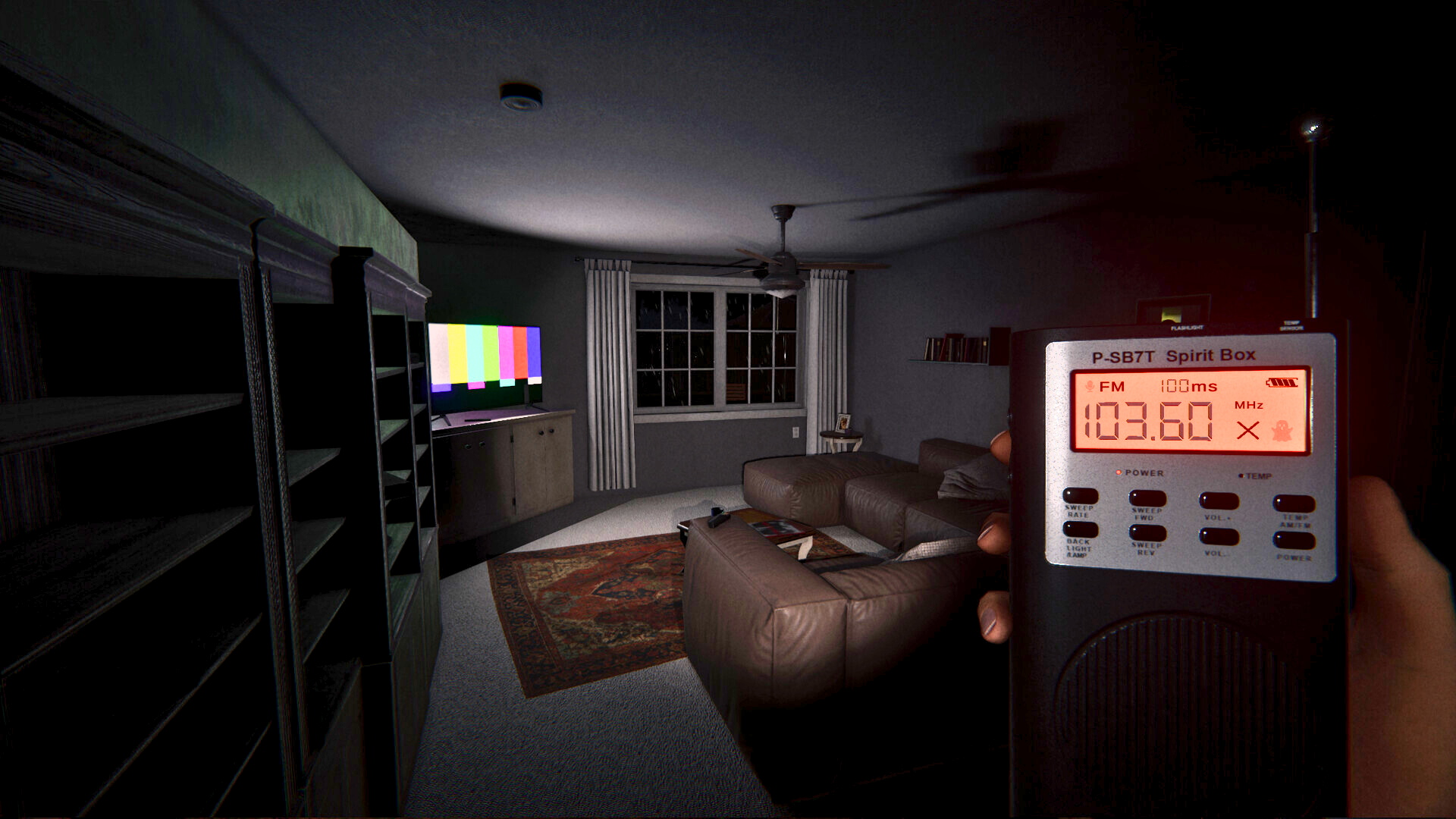
Phasmophobia: low-budget indie multiplayer experiences don't get better
4. Five Nights at Freddy's (2014)
Five Nights at Freddy’s became one of Let’s Play culture’s first viral phenomenons. With a unique gameplay mechanic that focuses more on surveillance from a single room rather than the traditional hide-and-seek of other contemporary games, FNAF garnered a lot of popularity as something special.
The game’s atmosphere was born from childhood nostalgia and the uncanny, unsettling appearance of Chuck E Cheese style animatronics to induce fear. The game had a sense of isolation and an oppressive, overwhelming nature as you constantly endeavoured to keep a close eye on these mechanical horrors.
With 28 games in the franchise to this date, the game has proven to be an exponential success. It had a huge impact on the blossoming audiences of Let’s Play culture, with viewers like Markiplier raking in over 120M views on his first FNAF video.
3. Amnesia: The Dark Descent (2010)
If Five Nights at Freddy’s helped expedite the success of Let’s Play culture in horror, then Amnesia: The Dark Descent is where it began. Amnesia became a viral sensation on YouTube, with many famous Let’s Players such as PewDiePie having an origin-story linked to Amnesia’s watchability.
Amnesia: the Dark Descent helped popularise the ‘hide and seek’ survival horror approach introduced by Clock Tower, but with a first-person twist that allowed for extra depth in realism, allowing the game to prioritise atmosphere and psychological dread over action.
The success of Amnesia in both Let’s Player culture and in horror-gaming in general meant that it became the direct inspiration for several future popular horror games, such as Outlast and Resident Evil 7.
-
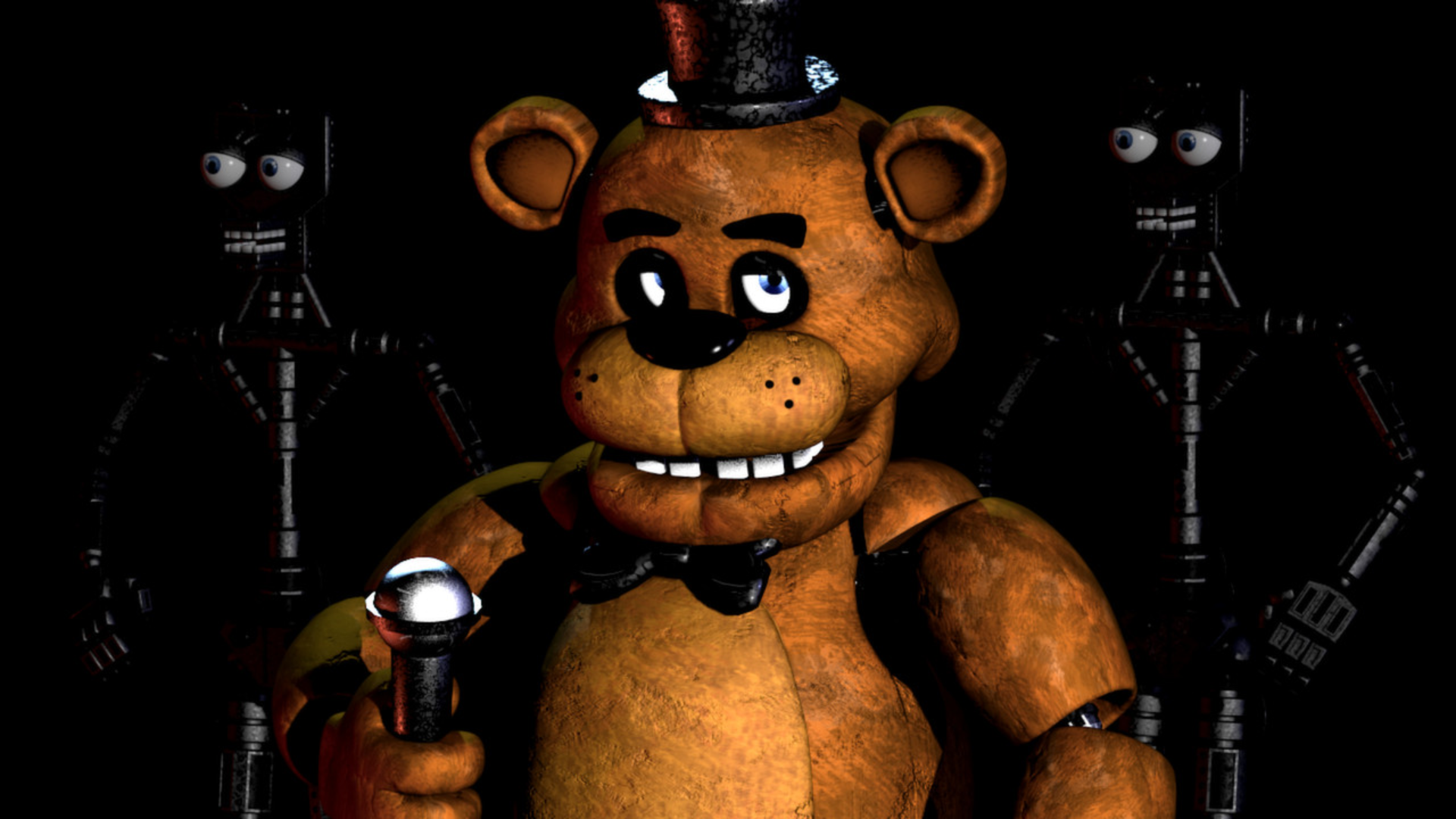
Five Nights at Freddy's: one of Let’s Play culture’s first viral phenomenons
-
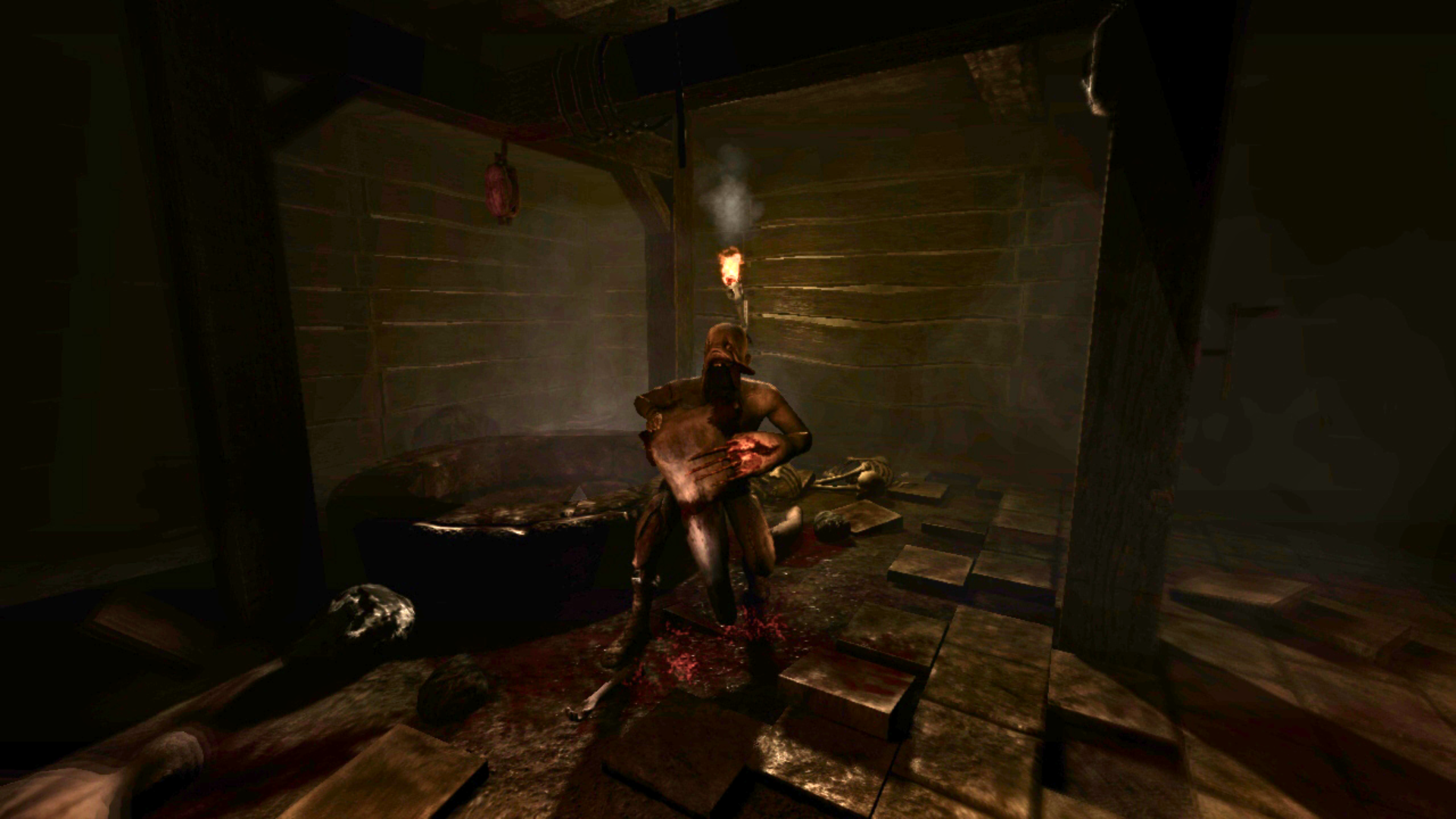
Amnesia: a viral YouTube sensation
2. Silent Hill 2 (2001)
Psychological horror has always resided at the heart of horror as a genre, and Silent Hill 2 was one of the first horror games to truly embrace this philosophy. With a focus on emotional depth through the lens of a tortured protagonist, Silent Hill 2 uses environmental story-telling and a compelling narrative to create a unique atmosphere. Both art direction and sound design is used to explore complex themes of guilt, trauma and mental illness.
The use of these psychological influences gives the player a deeper connection to the protagonist, keeping them immersed in the story and allowing them to more directly empathise with the horror the protagonist experiences.
Silent Hill 2 popularised psychological horror in gaming, and its impact can be seen in games such as The Evil Within 2, Cry of Fear and Alan Wake 2.
1. Resident Evil (1996)
Resident Evil is a name well associated with horror in gaming, and for good reason. It brought a lot to the table. Resident Evil pioneers fixed camera angles which give the game a cinematic feel. It introduces a unique inventory system which emphasises resource management. The level design of the game is a maze of inter-connecting paths, rife with puzzles and tight-claustrophobic corridors.
All of these ingredients make for a game which radiates suspense. Fixed camera angles limit vision, and give a constant feeling of tension. Tank controls create an atmosphere of player vulnerability. Resource management, limited ammo and save points keep the player consistently on the edge of stress.
Resident Evil is the grandfather and quality standard of early horror games, and its influence has branched forth since, touching almost every horror franchise since, from Dead Space to Silent Hill.
-
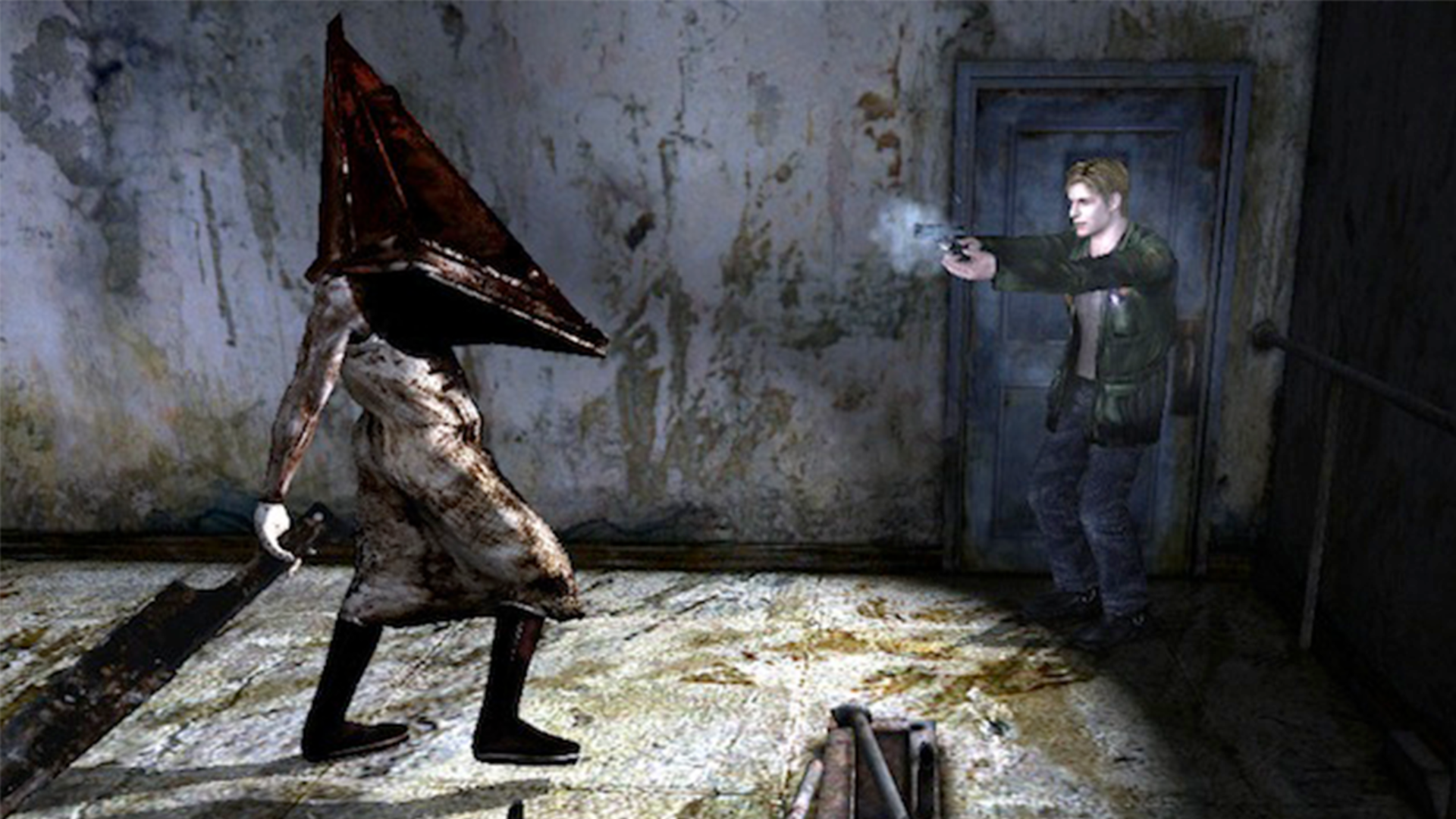
Silent Hill 2: psychological horror meets emotional depth
-
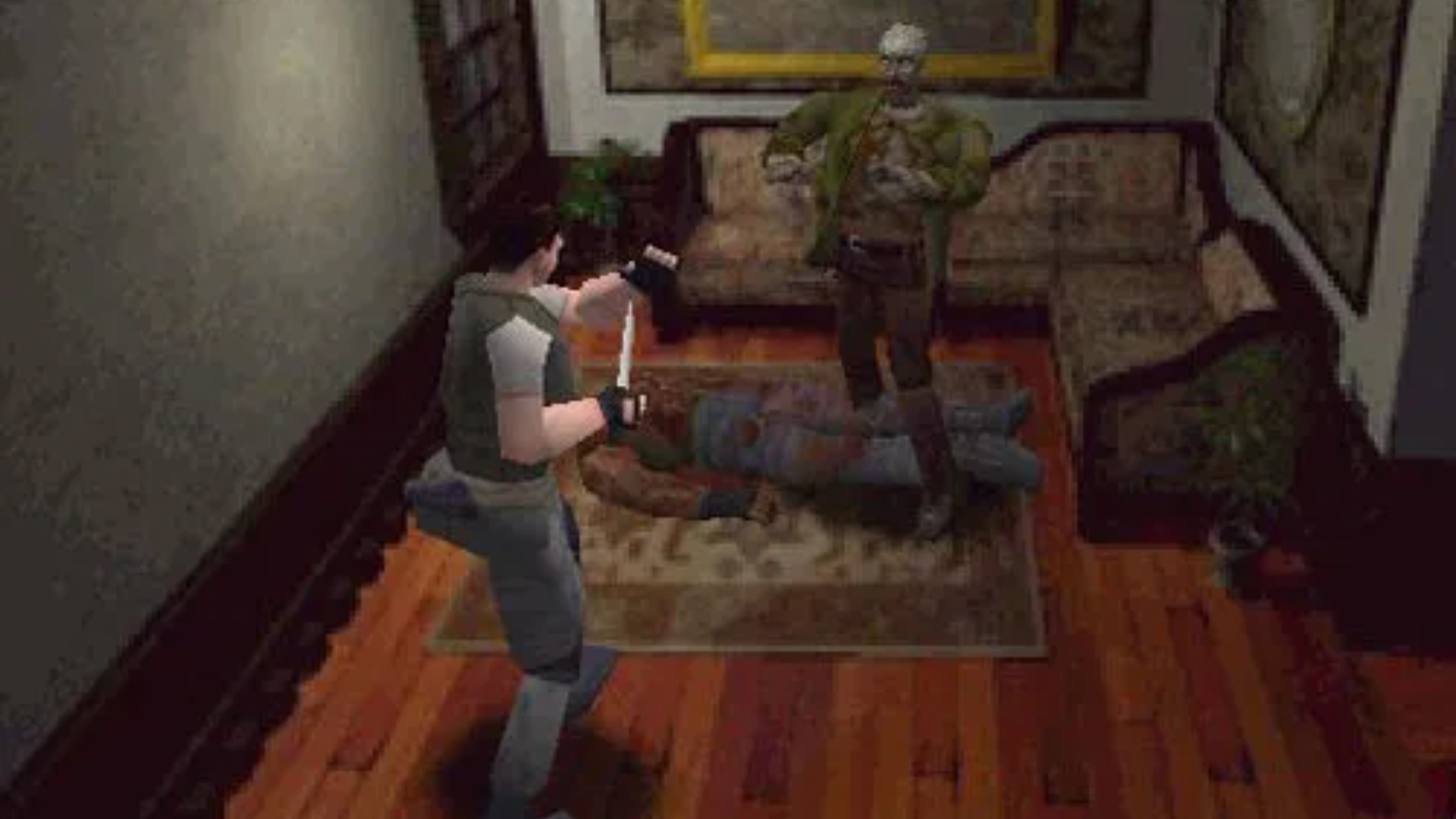
Resident Evil: the grandfather and quality standard of early horror games
Why horror games leave a mark
In the last three decades, video games have slowly risen to become a medium that rivals literature and movies. And within gaming, it has evolved from niche to powerhouse genre rivaling sci-fi, fantasy, and blockbuster action.
Each of the games on this list, through craft, innovation and emotional impact has been in some shape or form responsible for this rise. And as technology and creativity keep pushing boundaries, horror in gaming isn’t slowing down. It’s only getting bolder, smarter, and far more terrifying.
